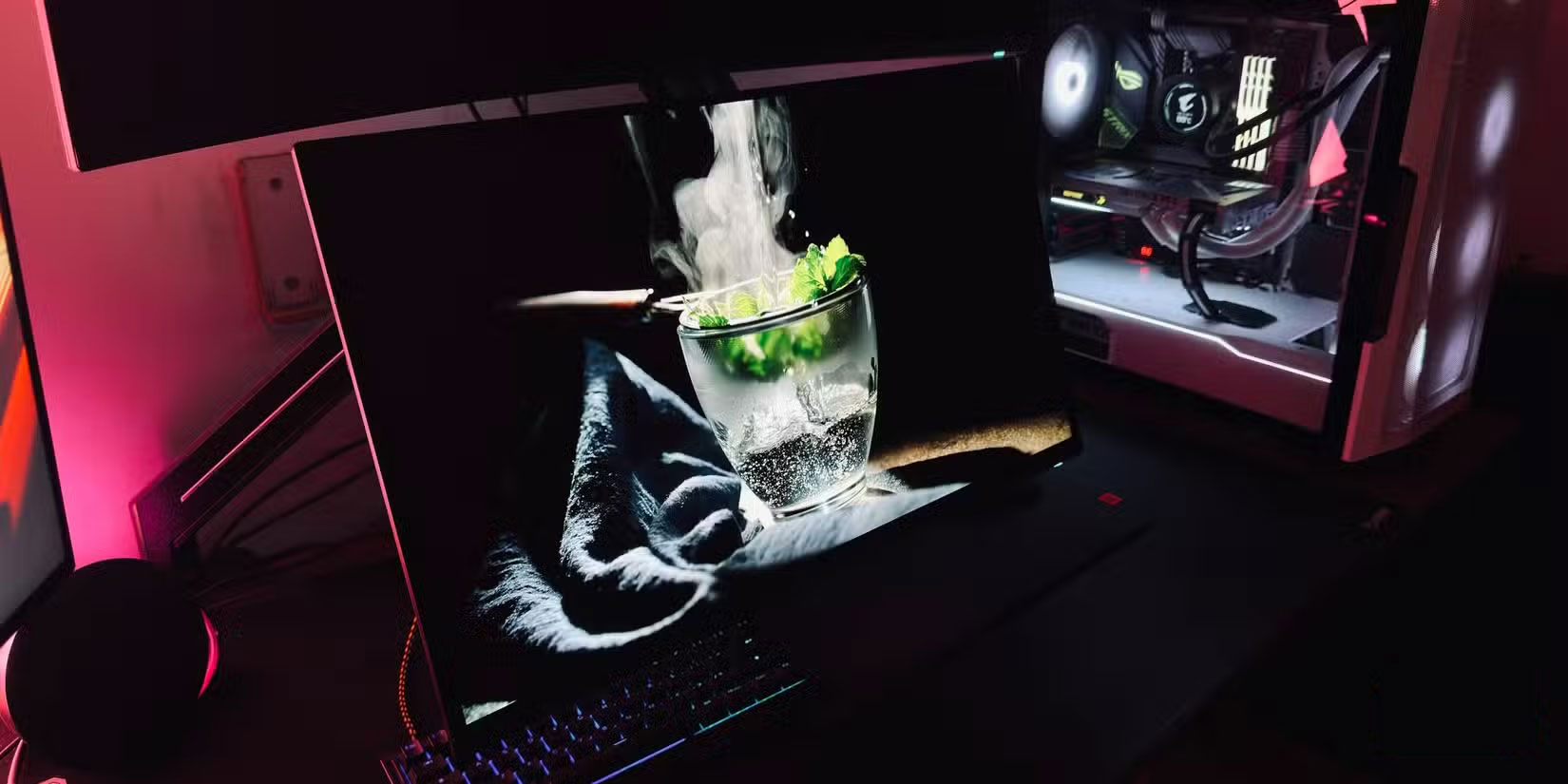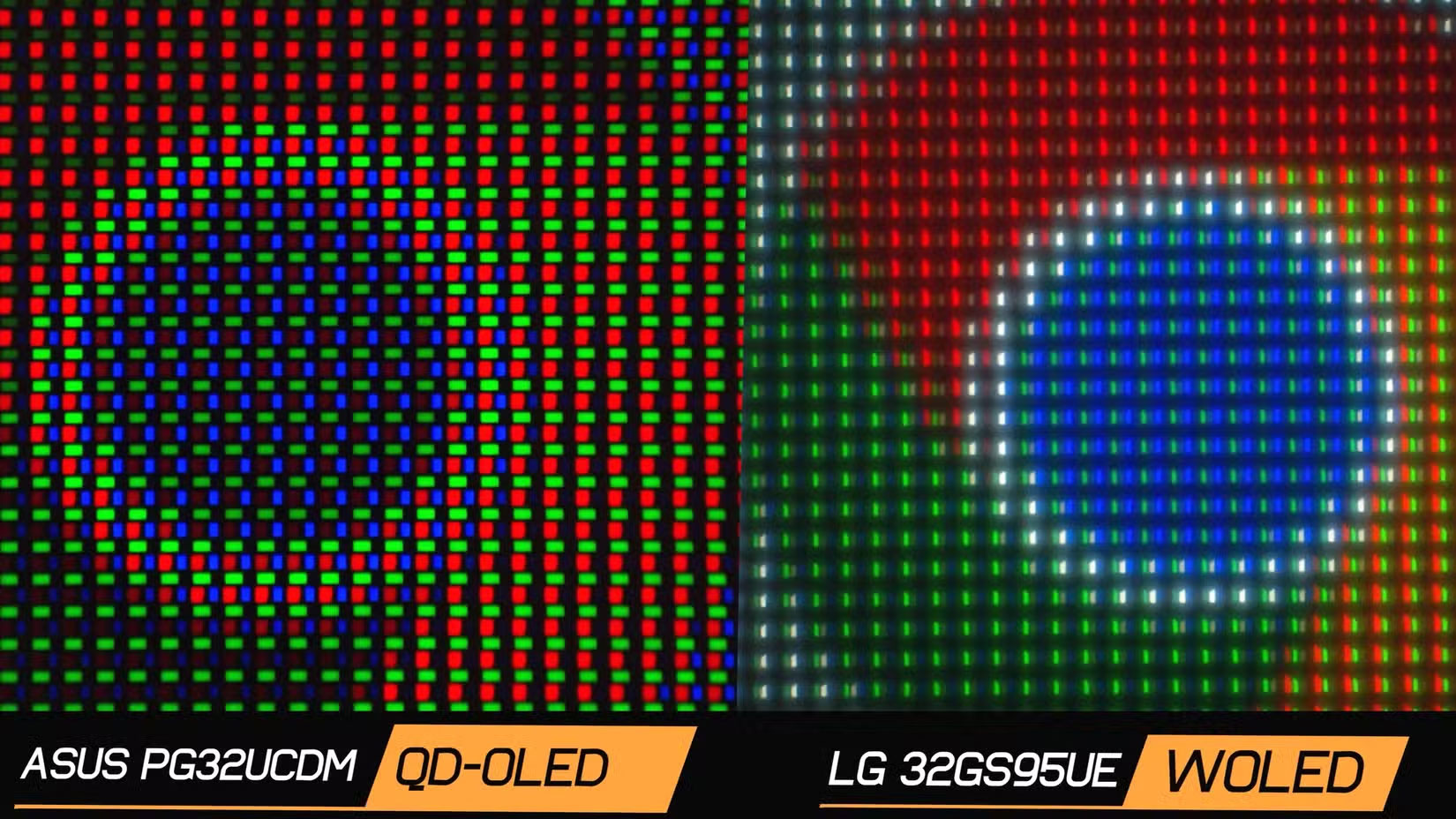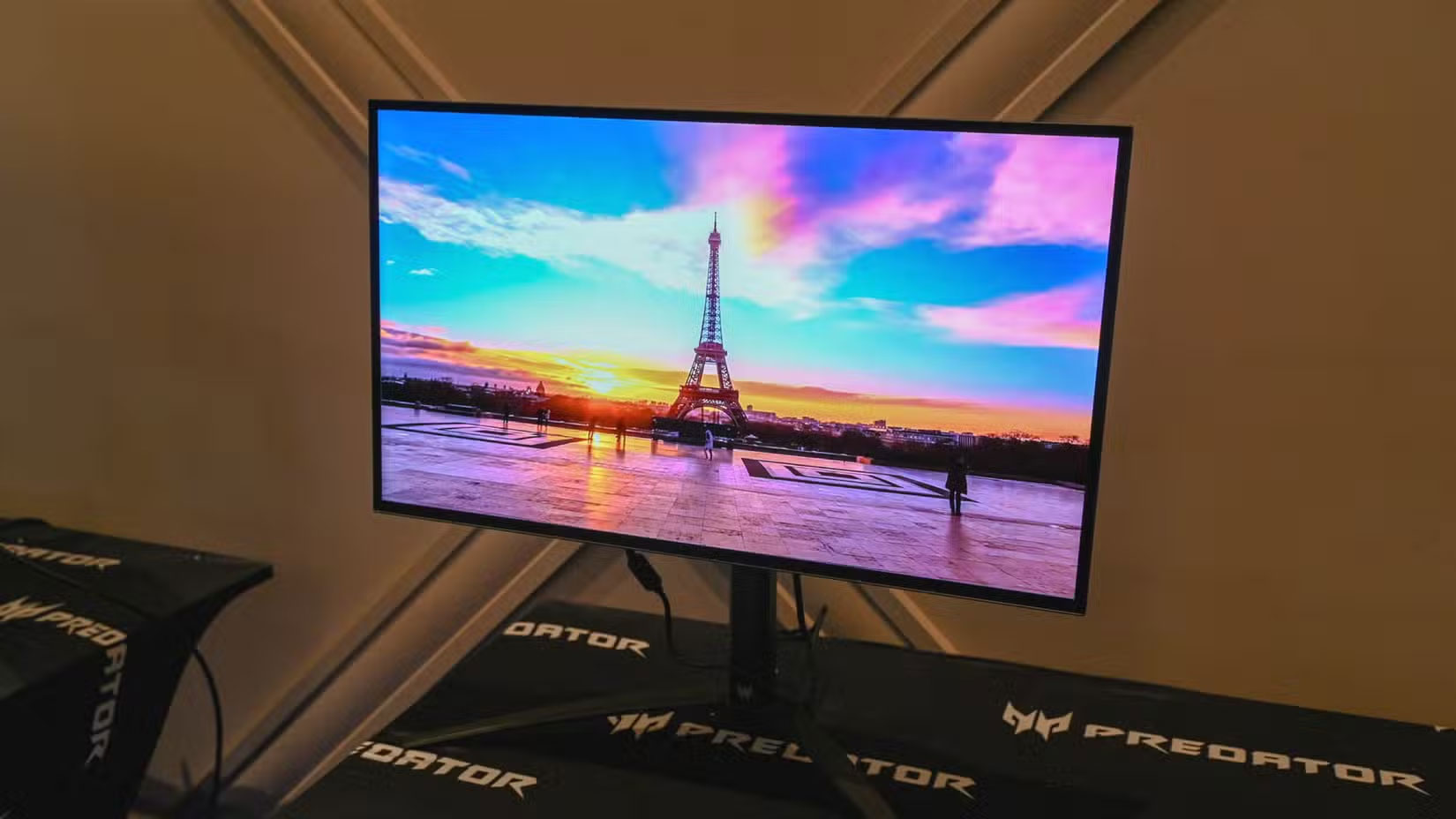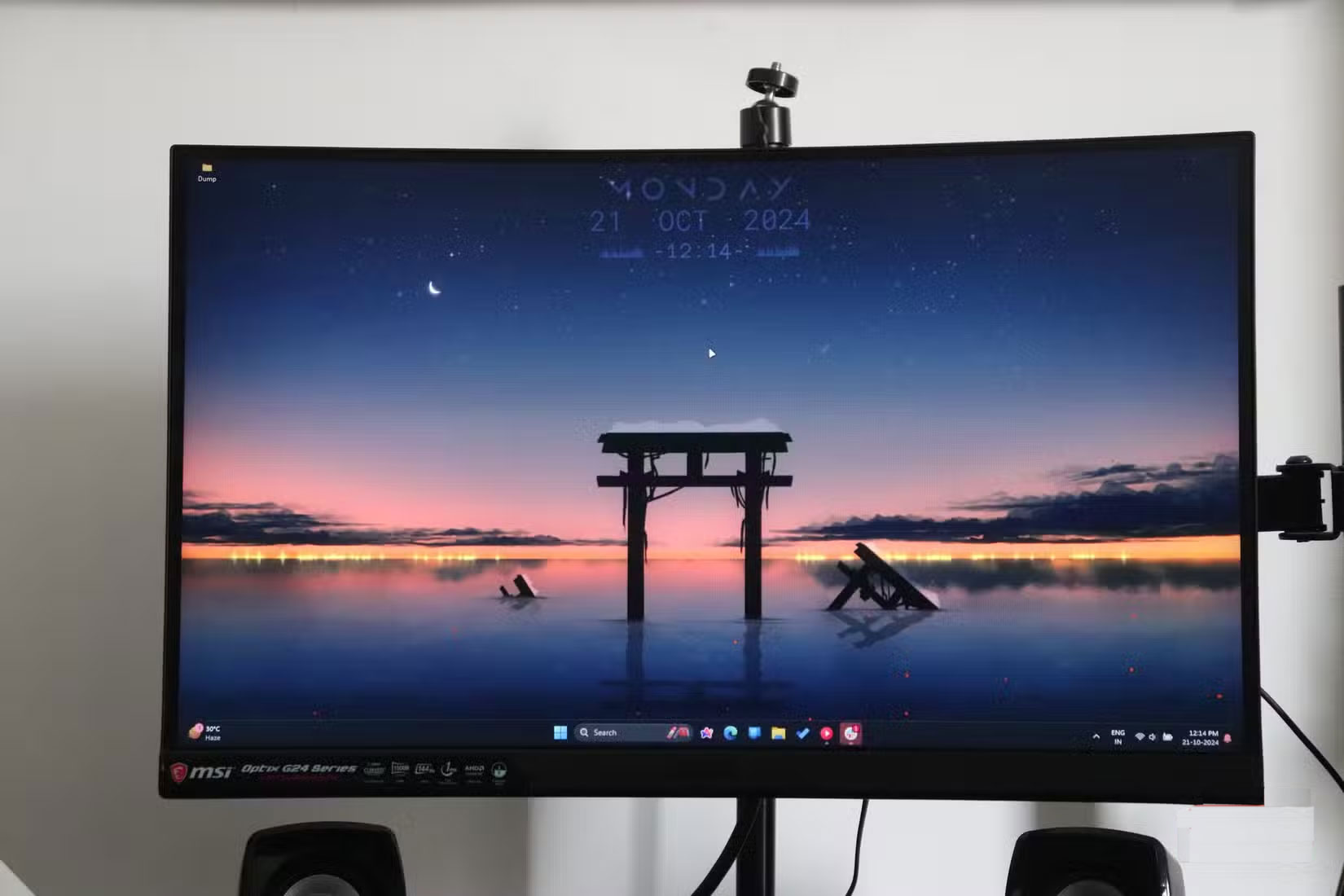Why OLED Displays Aren't as Great as You Think
When it comes to buying a new device with a display, we often gravitate towards OLED displays because they offer the best experience in the segment. But that's not the whole truth - there are some practical issues you need to be aware of before spending the big bucks.
5. Burn-in is still a real concern with OLED displays

You may have heard that modern OLED panels have 'solved' the burn-in problem, but that's not entirely true. No matter how many safeguards manufacturers claim to have in place, if you display static elements—like a taskbar, an app dock, or even a static browser window—for long periods of time, there's a real risk of permanent burn-in on an OLED display.
This doesn't appear immediately, but over the next few months you may notice a faint ghosting that never completely goes away.
4. Most OLED displays struggle with maximum brightness

OLED TVs are known for their incredible HDR performance , but that doesn't always translate to displays. In fact, if you check out the best-selling OLED displays from major retailers like Amazon or Best Buy, most don't even list peak brightness in their spec sheets.
OLED screens are built differently, which is why they can't reach the same peak brightness as their TV counterparts — or even some high-end LCDs .
3. Text clarity on OLED displays is not as sharp as expected

One of the downsides of OLED displays is the way they handle text. In theory, you'd expect them to be just as sharp—if not sharper—than LCDs. However, because of the subpixel arrangement in many OLED panels, text often appears a bit fuzzy or pixelated.
This isn't always noticeable at first, but once you do, it's hard to ignore. If your daily work involves writing, reading, or programming for long hours, you'll probably prefer an LCD display for more accurate color reproduction over a typical OLED display.
2. OLED panels degrade faster than LCD screens

The most fundamental difference between OLED and LCD panels lies in the type of display technology used underneath. The 'O' in OLED stands for 'Organic'—and that's not necessarily good news. Unlike LCD panels, which use more stable materials, the pixels on OLED displays degrade over time. That means brightness decreases and, in some cases, colors start to change.
If you plan on using an OLED display for more than 5 years, you may eventually notice that it is no longer as bright and vibrant as it was when you first bought it.
1. You're paying a premium, but quality doesn't always equal better quality

And finally, one of the main reasons people avoid buying OLED displays for their systems is cost. OLED displays aren't cheap. In fact, most OLED displays cost nearly twice as much as LCD displays. And for that kind of money, many people aren't entirely convinced that they're the best value.
Sure, you get deep blacks and sharp contrast, but when you factor in the risk of burn-in, lower peak brightness, and faster degradation, it's worth it.
If you're still thinking about buying an OLED display, it's important to find the one that best suits your needs. There are a few easy ways to tell the difference between different types of OLEDs, which brands sell which types of OLED displays, and which one is best for your needs.
You should read it
- What is QD-OLED? Why is QD-OLED better than OLED or LCD TV?
- Samsung's new durable OLED screen passes the test of being hammered
- Should I buy a QLED, OLED or LED TV?
- 6 best OLED laptops 2023
- Why should you not touch the built-in maintenance mode on OLED TVs?
- LG opened the giant TV race at CES 2018 with an 8K 8-inch OLED display
 5 Useful Ways Smart TVs and Phones Can Connect Wirelessly to Each Other
5 Useful Ways Smart TVs and Phones Can Connect Wirelessly to Each Other Surprising Devices You Can Plug Into Your Smart TV
Surprising Devices You Can Plug Into Your Smart TV You Don't Need an Expensive Smart TV to Watch 4K Content: This Cheap Device Works Great Too!
You Don't Need an Expensive Smart TV to Watch 4K Content: This Cheap Device Works Great Too! 7 Useful, But Little-Known Smart TV Apps
7 Useful, But Little-Known Smart TV Apps Quick test to see if HDR on Smart TV is working
Quick test to see if HDR on Smart TV is working 5 Tweaks to Stop Your Smart TV from Tracking You
5 Tweaks to Stop Your Smart TV from Tracking You